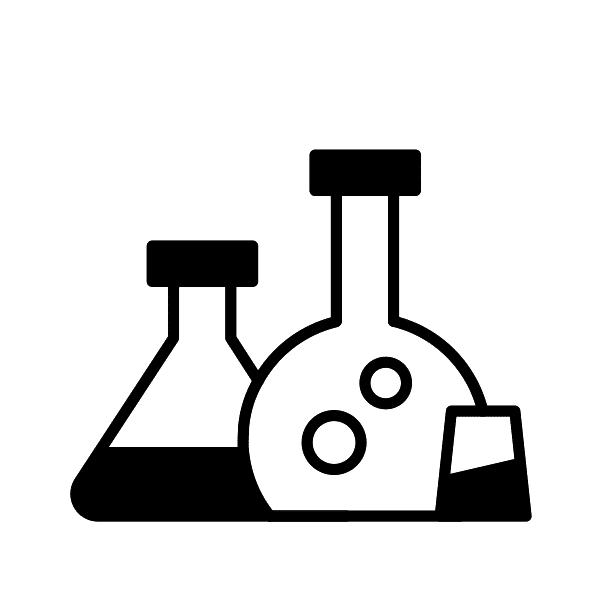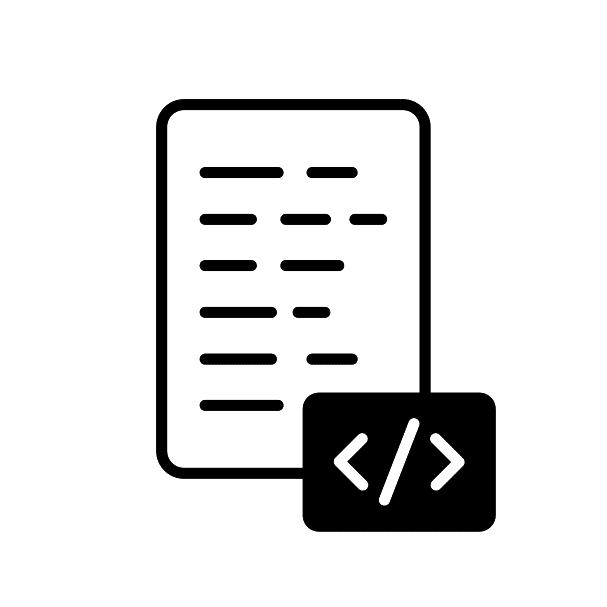Analyze and visualize large data sets; use machine learning to extract valuable insights.

Guru dan tutor kami lulus dari universitas ternama








Ringkasan

Kurikulum Pengkodean yang Dipersonalisasi
Select the programming languages or subjects that intrigue you, and we'll match you with an expert tutor for customized proficiency.

Pelajaran Coding yang Dapat Disesuaikan
Schedule lessons at your convenience, for a quick introduction or thorough exploration; you guide your learning experience.

Instruksi Pribadi Satu-satu
Your learning path is shaped to your pace and chosen challenges, guaranteeing steady advancement without interference from distractions or rivals.
About Python & Data Science
Python’s simplicity, readability, and expansive library ecosystem make it an excellent choice for data science applications. Data science is a field that extracts insights from structured and unstructured data. It’s a multidisciplinary approach that uses statistics, machine learning, data mining, and big data technologies to analyze complex problems.
Why Python for Data Science?
Rich Library Support: Python boasts a comprehensive set of libraries for data manipulation and analysis. Libraries like Pandas for data manipulation, Matplotlib for data visualization, and Scikit-learn for machine learning make Python a one-stop-shop for data scientists.
Komunitas dan Kolaborasi: Python has a strong community of data scientists and engineers who contribute to its ecosystem. This means more libraries, more tutorials, and more collective knowledge to help solve data science problems.
Multifungsi: Python is not just limited to data science. Its versatility allows it to be used for web development, automation, software development, and more. This makes Python a highly desirable skill for modern workplaces.
Kemudahan Belajar: Python’s clean and readable syntax makes it easy for newcomers to pick up. This is particularly useful in data science, where professionals might not have a strong programming background.
Kemampuan Integrasi: Python can easily integrate with other languages and technologies. For instance, it can call R scripts for specialized statistical analyses, utilize SQL databases effectively, and even integrate with C/C++ for performance-critical tasks.
Aplikasi dunia nyata: From predictive analytics to natural language processing, Python’s data science capabilities are used in various sectors like healthcare, finance, retail, and even in scientific research.
Pembelajaran Mesin dan AI: Python is the go-to language for machine learning and artificial intelligence (AI), with specialized libraries like TensorFlow and PyTorch offering advanced functionalities for creating complex neural networks and algorithms.
In The Corporate World
Big players like Google, Facebook, and Amazon use Python for everything from data analytics to machine learning models. Its scalability and ease of use make it ideal for startups and small businesses as well.
By mastering Python, you’re not just learning a programming language; you’re also gaining access to a wide range of tools that can help you decipher the complex world of data, making you an invaluable asset in today’s data-driven economy.
Description
Delve into the fascinating world of data science through this comprehensive Python course.
Data science involves exploring and interpreting data to gain meaningful insights. This often includes utilizing machine learning or deep learning to build automated models, allowing broader accessibility to the findings.
This course empowers you to craft engaging visualizations to elucidate the data you analyze with your custom code. Expand your expertise by employing machine learning, enhancing your ability to automate data processes, identify patterns, and provide informed recommendations.
Apa yang Anda akan belajar
- An understanding of SQL basics
- Familiarity with Python syntax, functions, logic, lists, and loops
- Skills in data visualization and statistics
- Foundations in machine learning
Persyaratan
- Abad 13-18
- Pemula yang berdedikasi dalam pemrograman
- Tertarik untuk meningkatkan keterampilan STEM
- Tertarik dengan masa depan di bidang teknologi
FAQ Siswa Tentang Ilmu Data dengan Python
Python is easy to learn and has a clean syntax, which is perfect for people coming from non-programming backgrounds. Its rich ecosystem of libraries like Pandas, NumPy, and Matplotlib make data manipulation and visualization extremely convenient.
Absolutely, Python’s versatility allows you to move from data cleaning and analysis to machine learning within the same framework, using libraries like Scikit-learn, TensorFlow, and PyTorch.
Python can handle big data effectively through libraries like Dask and PySpark, which can manage data distributed across multiple clusters.
You should be familiar with descriptive statistics, probability distributions, hypothesis testing, and regression models. Libraries like Statsmodels and SciPy can help you perform these statistical methods.
Typically, you’d start by collecting your data, which you can then clean and manipulate using Pandas. You would then conduct exploratory data analysis (EDA) using Matplotlib or Seaborn, and finally, implement machine learning algorithms using Scikit-learn.
Python can work with a wide variety of data types including numerical data, text data, image data, and even unstructured data like social media.
Cara kerjanya
1
Minta tutor
Beri tahu kami tujuan dan rentang usia Anda. Kami akan memikirkan rencana untuk membantu Anda sampai di sana.
2
Cocokkan dengan tutor
Kami akan merekomendasikan Anda seorang tutor berdasarkan kebutuhan dan tujuan Anda, atau Anda dapat meminta tutor tertentu.
3
Mulai uji coba gratis
Nikmati pelajaran uji coba gratis dengan tutor baru Anda dan lihat apakah gaya belajar Anda cocok.
4
Keep it up!
Jika semuanya berjalan lancar, daftarlah untuk melanjutkan! Anda dapat memilih kecepatan pelajaran
Perlu info lebih lanjut?
Mari kita bicara.
Tinggalkan nomor telepon Anda, dan kami akan menghubungi Anda kembali untuk mendiskusikan bagaimana kami dapat membantu Anda.


